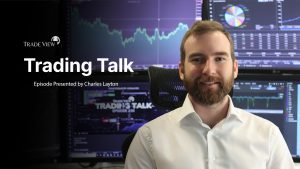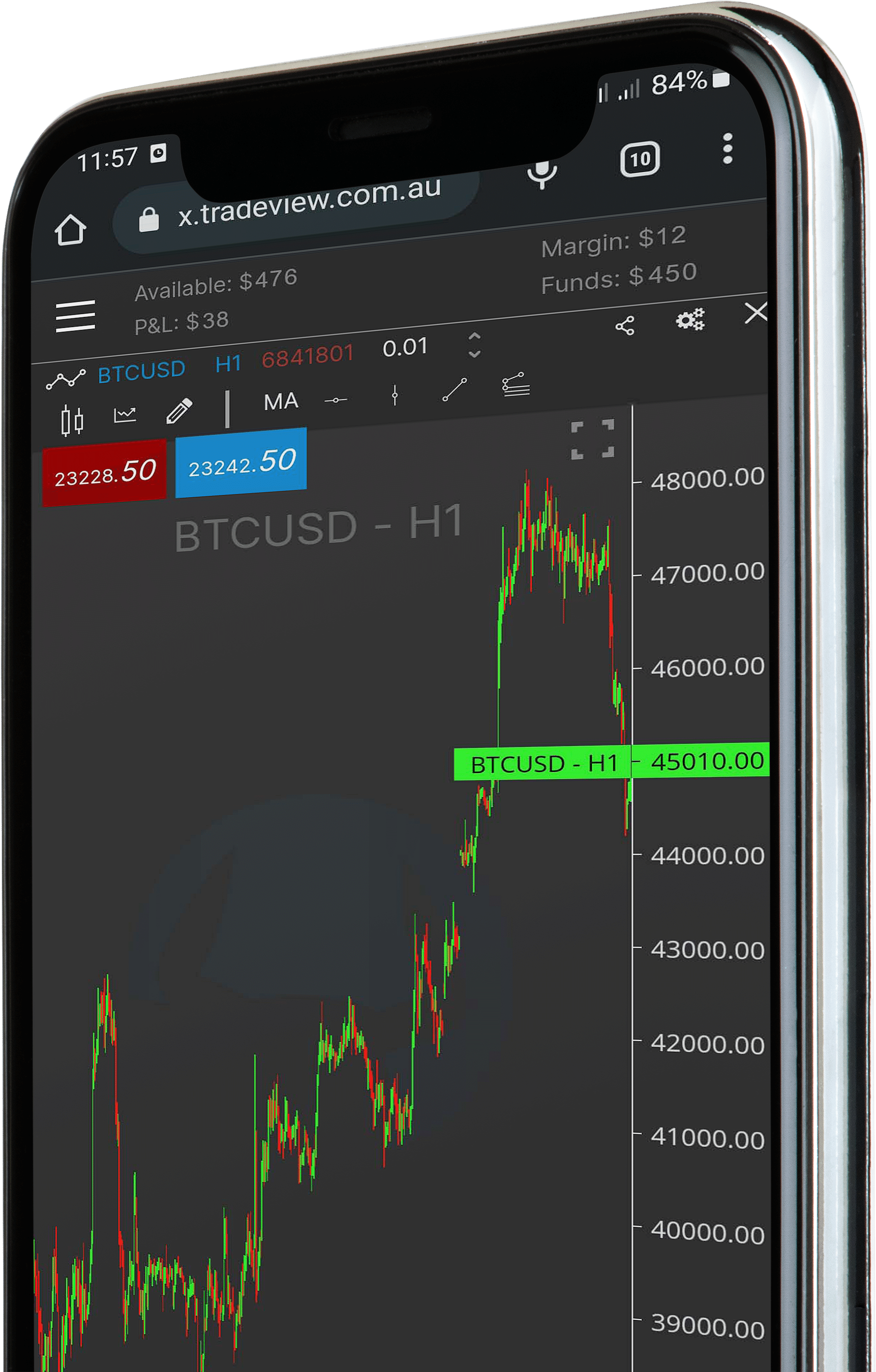Hi Traders,
In this episode, our Senior Trader Matt discusses what robust models are and why they are important. We also look at testing on different data sets and why results may differ from one to the other.
We hope you enjoy the episode.
Why results from testing automated strategies differs from from each broker and platform:
One major factor that will result in different backtesting results from broker to broker is the spread. The spread is the difference between the bid and ask price of a security and it is what traders have to pay in order to enter a trade.
Different brokers will have different spreads, so if our trading strategy has a tight stop-loss then it is more likely to be triggered at one broker than another. This will cause our backtesting results to differ from broker to broker.
Another factor that can cause differences in backtesting results is the way that each broker handles slippage. Slippage is when the price moves against us before our trade can be filled at the desired price. It can be caused by a number of things, such as a sudden spike in market volatility or a change in the liquidity of the security we are trading.
Different brokers will handle slippage differently, so it is possible that our strategy will perform better at one broker than another. This is because some brokers may provide us with a higher level of price protection than others, meaning that our stop-loss is less likely to be triggered.
Finally, different brokers will use different data sources for their prices. This means that there can be slight differences in the prices used for backtesting from broker to broker. These differences can lead to slightly different results, but they are usually not large enough to have a significant impact on our strategy.
In conclusion, there are a number of reasons why backtesting results can differ from broker to broker. The most important thing to remember is that we should always test our strategy on multiple brokers before implementing it in the real world. By doing this we can be sure that our strategy is robust and will perform well regardless of which broker or platform we use.





